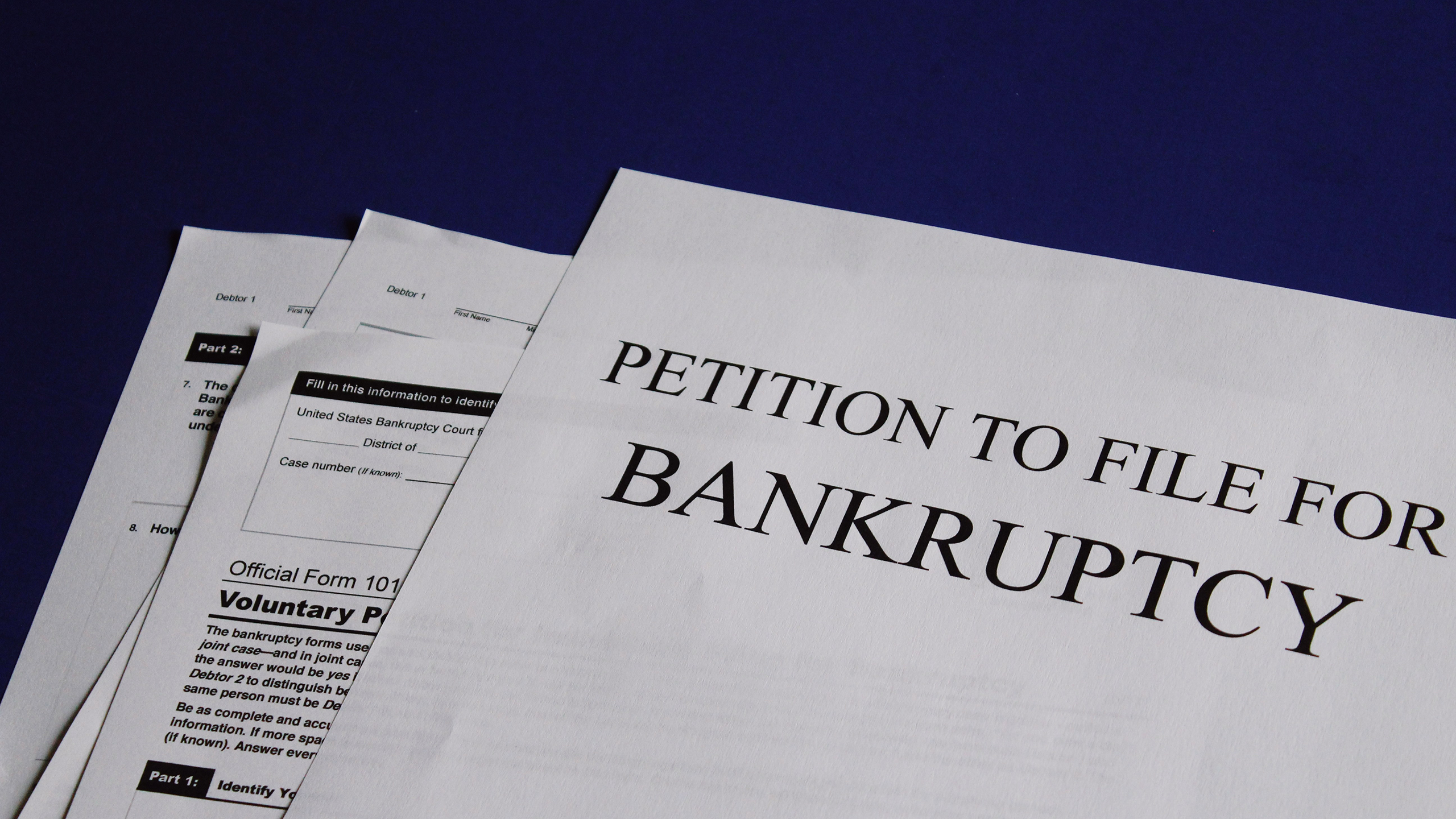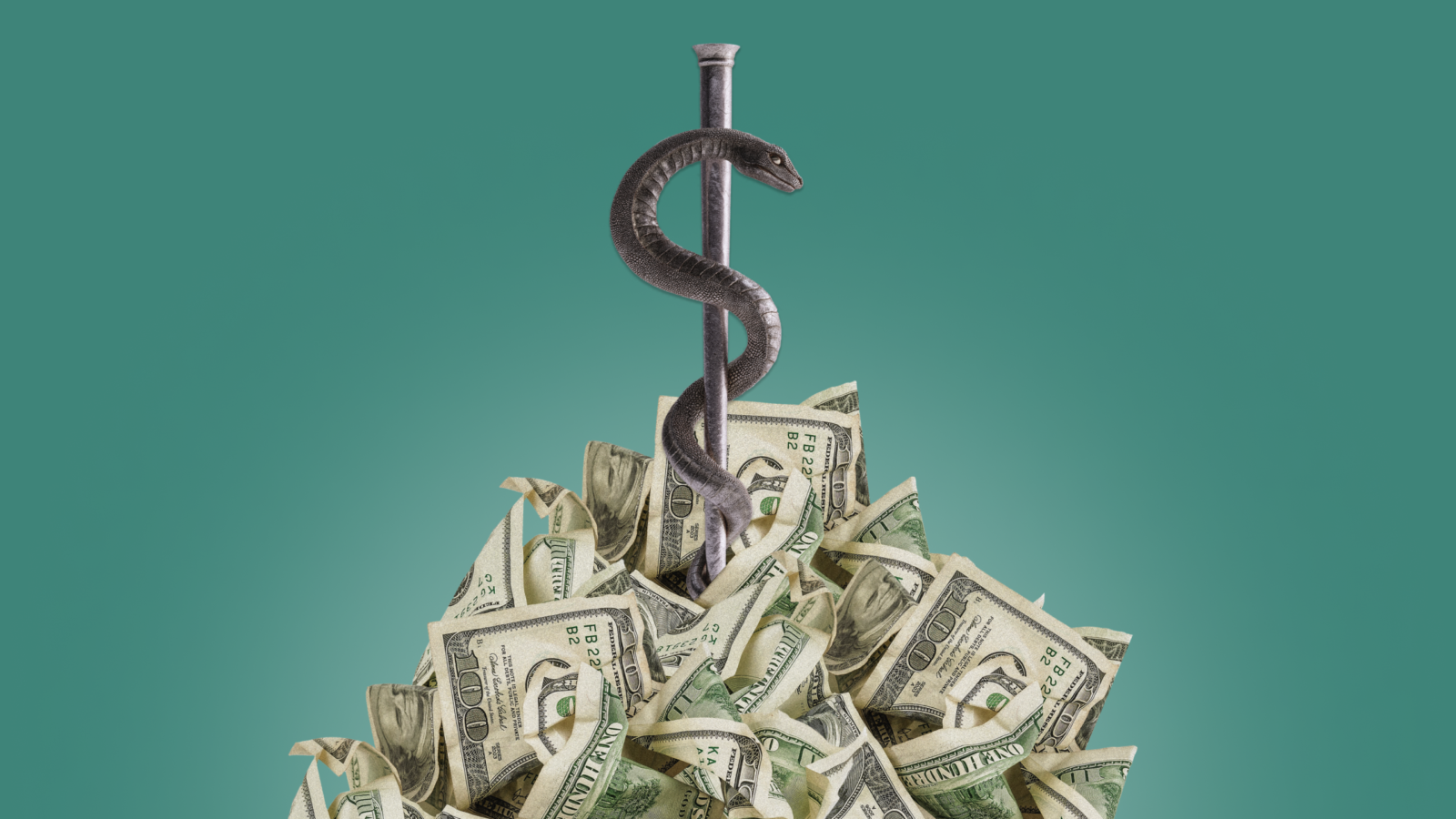The Small Business Bankruptcy Surge is a Race Against the Clock
A special $7.5 million debt threshold for filing is due to expire in June, when it will revert to the previous $2.7 million limit.

Sign up for smart news, insights, and analysis on the biggest financial stories of the day.
Judging by the number of firms going belly up, you might think Main Street is hurting. But the data doesn’t tell the whole story.
In February, as many as 213 US small businesses filed for Chapter 11 bankruptcy, according to data from bankruptcy-tracking firm Epiq reported by The Wall Street Journal on Tuesday. That marks a nearly 80% jump from the same month a year ago. But don’t be too alarmed: There’s a reason for the sudden bankruptcy season.
Expiration Date
World-changing events tend to have yearslong ripple effects and, like pretty much everything else these days, the root causes of the bankruptcy surge can be traced back to — what else? — the Covid-19 pandemic. Bankruptcy was previously viewed as a long, arduous, and expensive process for small businesses to endure. And filing hardly guaranteed success: Between 2008 and 2015, only about 27% of the 18,000 small businesses that filed for Chapter 11 received a judge’s approval for their restructuring plans, bankruptcy lawyer Bob Keach told Congress in a 2019 hearing. Instead of filing, most failed businesses simply opted to liquidate and pay back creditors.
But in 2019, Congress passed the Small Business Reorganization Act to make filing easier. That law, which went into effect in February 2020, expedited certain processes and eliminated expensive filing fees — and, crucially, allowed businesses with up to $2.7 million in debt to propose repayment plans and earn a fresh start. Not long after, as the pandemic sank in, Congress expanded the threshold to small companies with as much as $7.5 million of debt.
The Covid-era rule changes — coupled with inflation-era interest rate hikes — have added a sense of urgency to struggling small businesses:
- The $7.5 million debt threshold is due to expire in June, at which point it will revert to the previous $2.7 million limit, though with an adjustment for inflation. In December, however, the American Bankruptcy Institute wrote a letter urging Congress to make the expanded $7.5 million limit permanent, and last week bipartisan lawmakers introduced a bill to delay the June sunset by another two years.
- But more companies are filing now before the threshold expires, Akerman bankruptcy partner Eyal Berger said at a recent American Bankruptcy Institute event. The deadline comes just as small businesses face repayment pressure for the “economic injury disaster loans” they received during the pandemic.
Adding Up: A full 7,500 small businesses have filed for Chapter 11 using the benefits of the tweaked law, known as Subchapter V. And last year, small businesses filing under the subsection accounted for 45% of all bankruptcy filings, according to data analyzed by University of Illinois Law professor Bob Lawless (data from the previous three years of the law were unreliable, so it’s unclear if this is a marked increase). While we’d like to say there’s never a good time to declare bankruptcy, there may finally be an exception to that rule.











